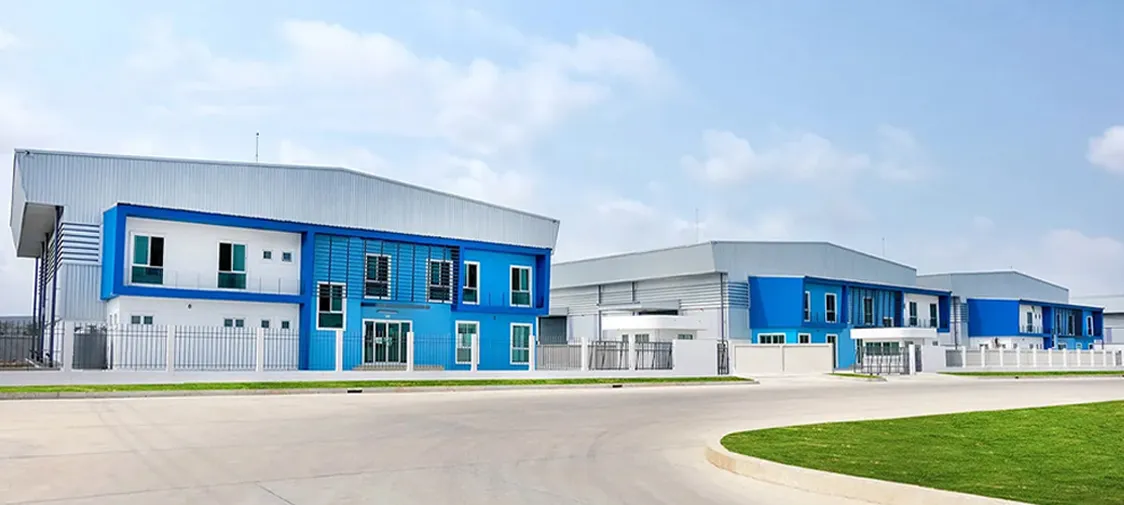
Exploring the Interaction of Rubber and Acetone in Various Applications and Effects
The Relationship between Rubber and Acetone An Insight into Material Science
Rubber and acetone are two materials that, while seemingly unrelated, intersect in various fields such as manufacturing, chemistry, and material science. Understanding their properties and the implications of their interactions is crucial for many industrial applications.
Rubber, a highly elastic polymer, is derived from natural sources, predominantly from the sap of rubber trees, or can be synthesized through various chemical processes. It is renowned for its elasticity, waterproof nature, and durability, making it an essential material in countless products. From tires and seals to footwear and medical equipment, rubber plays a vital role in modern life. The versatility of rubber is largely due to its molecular structure, which allows it to stretch and return to its original shape.
On the other hand, acetone is a simple organic compound with the formula (CH3)2CO. It is a colorless, flammable liquid that is widely used as a solvent in various industrial processes. Acetone is known for its ability to dissolve a multitude of substances, making it a crucial component in paint thinners, nail polish removers, and chemical processes. Its low boiling point and high volatility add to its usefulness but also require careful handling.
The interplay between rubber and acetone is significant in many manufacturing processes. Acetone can be used to clean rubber molds and tools, ensuring that they remain free from contaminants that could affect the quality of the final product. However, the interaction of rubber with acetone is more complex; while acetone can effectively clean rubber surfaces, it can also degrade certain rubber compositions.
rubber and acetone

When rubber is exposed to acetone for extended periods, swelling and softening of the material can occur, leading to a loss of mechanical properties. This degradation is particularly problematic with certain types of synthetic rubbers, which may not withstand the chemical effects of acetone. As a result, manufacturers must carefully consider the compatibility of rubber materials when designing products that will be in contact with acetone or similar solvents.
In the automotive and industrial sectors, the use of rubber seals and gaskets is commonplace. These components often face exposure to various chemicals, including acetone, given their roles in preventing leakage and ensuring the integrity of systems. Engineers must select rubber compounds that are resistant to chemical attack, ensuring longevity and reliability. This process typically involves testing different rubber formulations against acetone and other solvents to determine their viability for specific applications.
Moreover, the introduction of advanced materials science has led to the development of rubber compounds that exhibit improved resistance to solvents like acetone. By manipulating the polymer structure, scientists can enhance the durability and performance of rubber when exposed to aggressive chemicals. This innovation opens up new possibilities for rubber applications in environments where traditional materials may fall short.
Additionally, rubber and acetone share a significant relationship in terms of recycling and sustainability. The increasing attention to environmental concerns has led to a growing interest in recycling rubber, which can be a challenging process due to its complex composition. Acetone can play a role in rubber recycling, as it can be used to help break down and dissolve certain rubber waste, facilitating the recovery of useful material.
In conclusion, while rubber and acetone may appear to belong to different realms, their relationship is multifaceted and impactful. The interactions between these two materials underscore the importance of material compatibility in design and manufacturing processes. As industries continue to evolve towards more sustainable practices, understanding the chemistry and practical applications of rubber and acetone will remain pivotal in advancing technology and enhancing product performance. Whether through improved materials or innovative recycling methods, the nexus between rubber and acetone will undoubtedly shape the future of material science.
-
Sodium Dichloroisocyanurate Safety Handling ProtocolsNewsJul.29,2025
-
Mining Chemicals for Copper Extraction Processes GuideNewsJul.29,2025
-
Fertilizer for Sale Shipping and Storage TipsNewsJul.29,2025
-
Dimethyl Disulfide as Sulfurizing AgentNewsJul.29,2025
-
Benzotriazole Safety Data Handling and Storage GuidelinesNewsJul.29,2025
-
Ammonium Bicarbonate Safety Handling Storage GuidelinesNewsJul.29,2025
-
The Transformative Role Of Trichloroisocyanuric Acid in Water TreatmentNewsJul.23,2025
Hebei Tenger Chemical Technology Co., Ltd. focuses on the chemical industry and is committed to the export service of chemical raw materials.
-

view more DiethanolisopropanolamineIn the ever-growing field of chemical solutions, diethanolisopropanolamine (DEIPA) stands out as a versatile and important compound. Due to its unique chemical structure and properties, DEIPA is of interest to various industries including construction, personal care, and agriculture. -

view more TriisopropanolamineTriisopropanolamine (TIPA) alkanol amine substance, is a kind of alcohol amine compound with amino and alcohol hydroxyl, and because of its molecules contains both amino and hydroxyl. -

view more Tetramethyl Thiuram DisulfideTetramethyl thiuram disulfide, also known as TMTD, is a white to light-yellow powder with a distinct sulfur-like odor. It is soluble in organic solvents such as benzene, acetone, and ethyl acetate, making it highly versatile for use in different formulations. TMTD is known for its excellent vulcanization acceleration properties, which makes it a key ingredient in the production of rubber products. Additionally, it acts as an effective fungicide and bactericide, making it valuable in agricultural applications. Its high purity and stability ensure consistent performance, making it a preferred choice for manufacturers across various industries.











